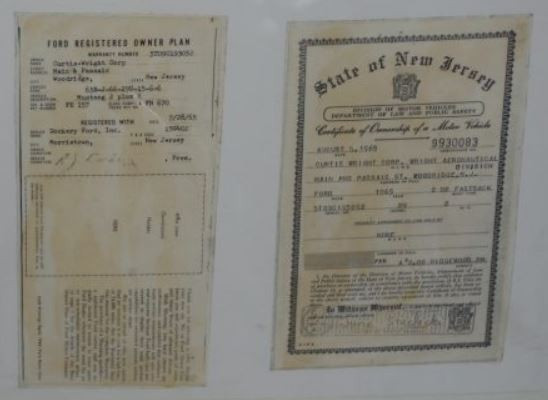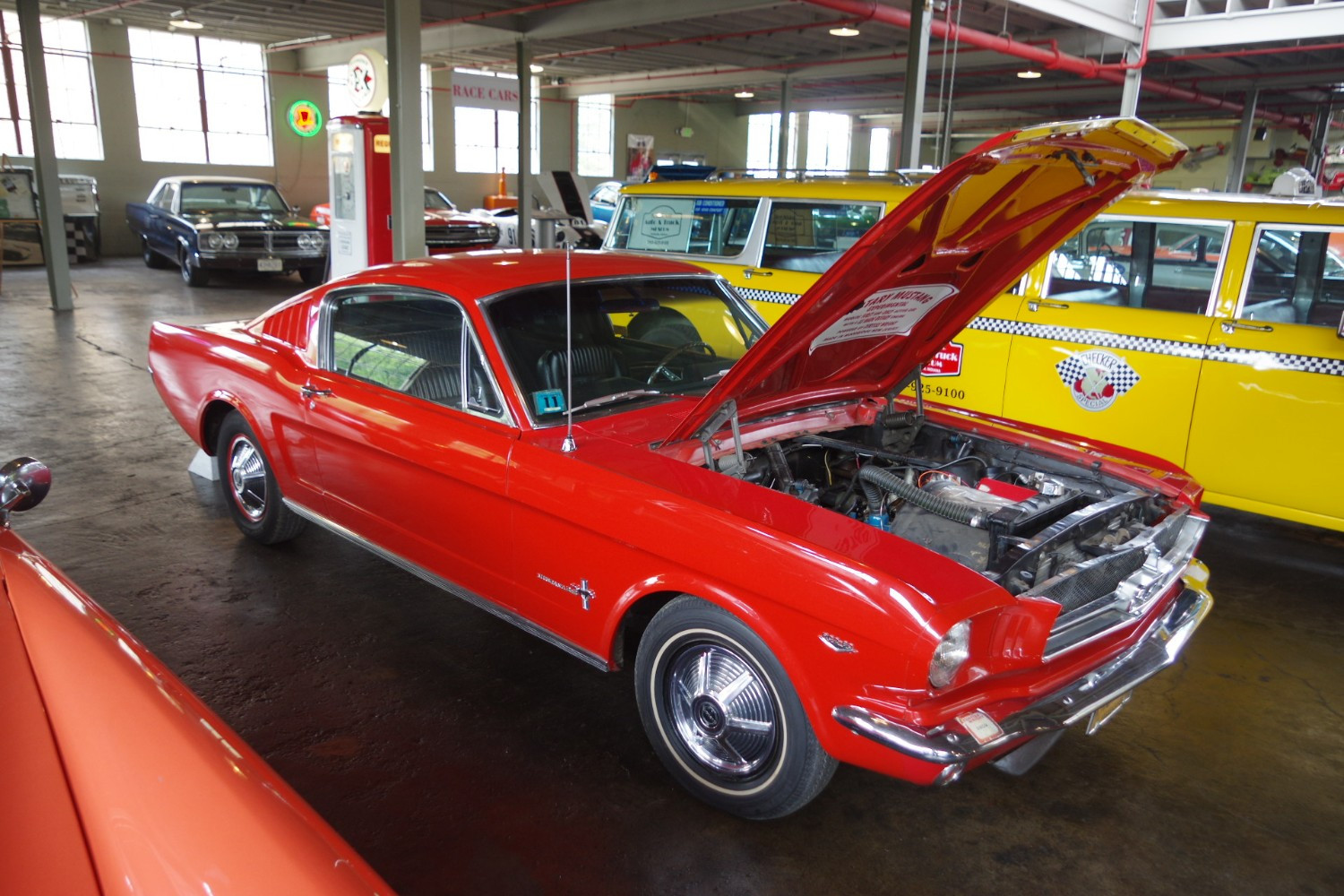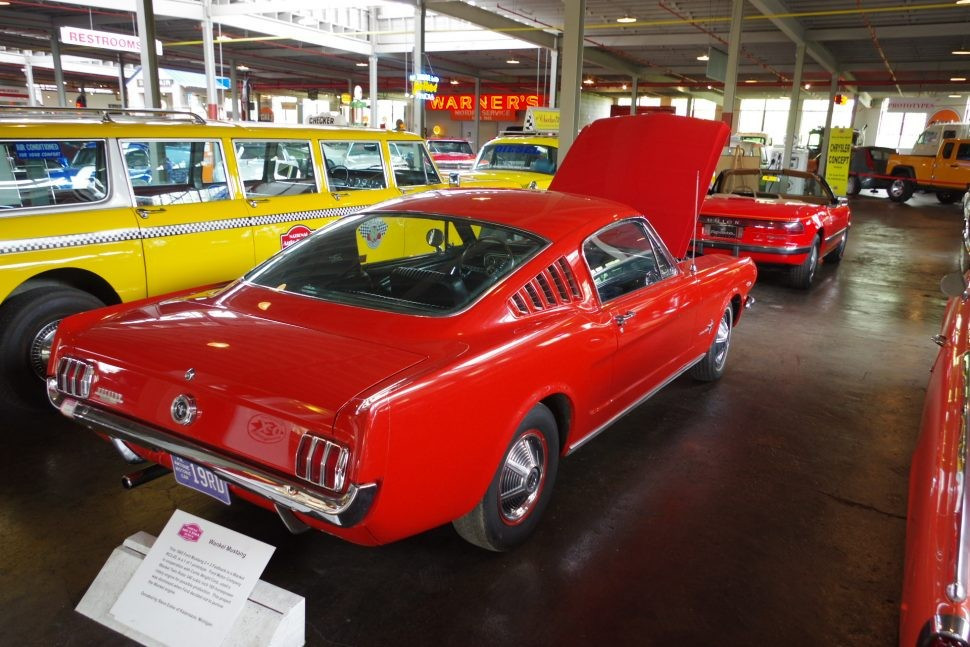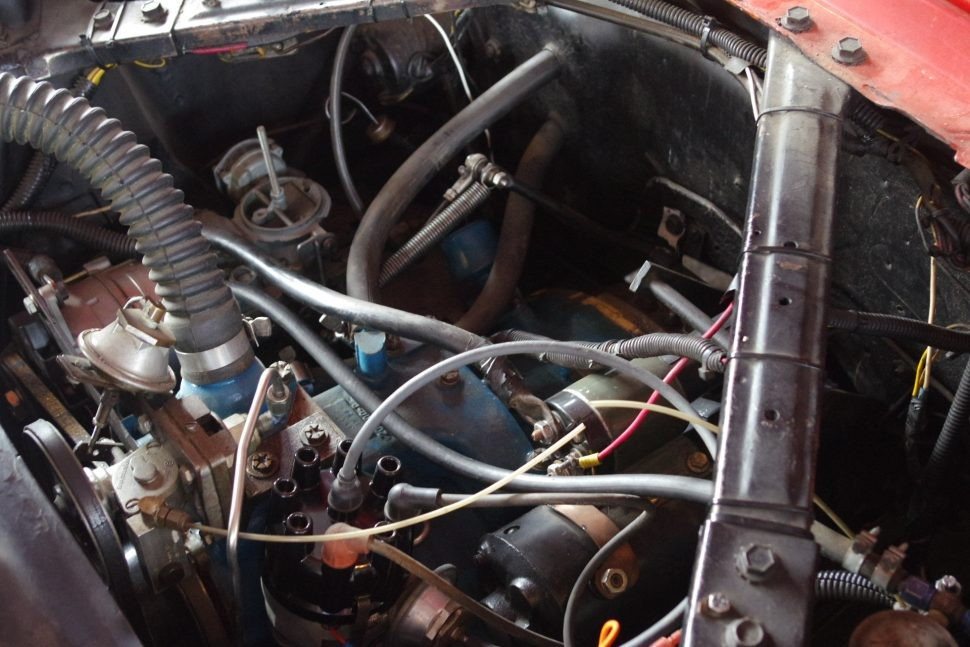© a super cool and creative website
NJ Cruise News is not Responsible for any changes in Date, Time, or Change of location. Please contact your local Cruise.

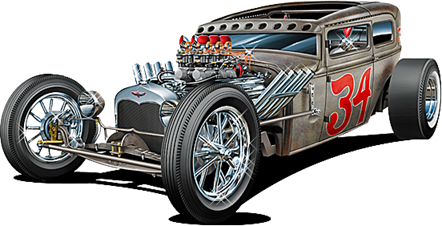

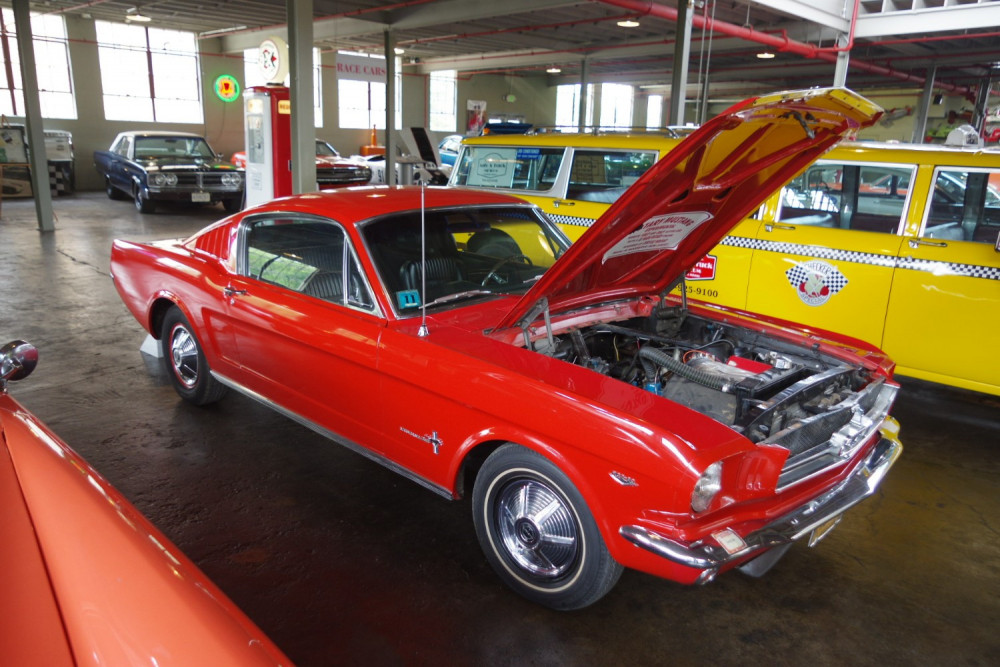
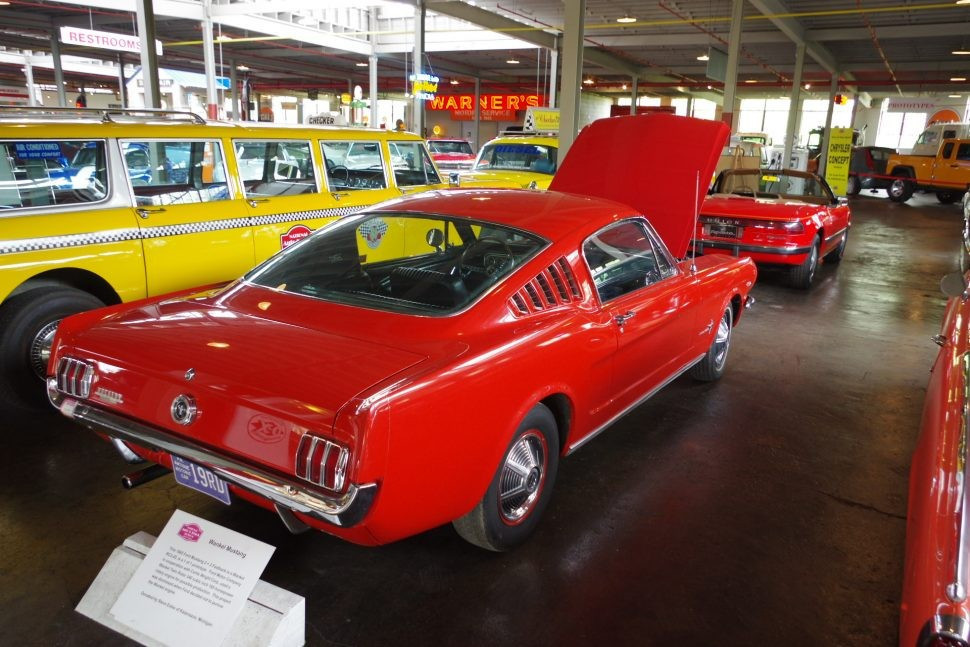
Built in New Jersey - 1965 Wankel -Powered Ford Mustang
Felix Wankel was a German engineer who probably didn’t color within the lines as a child. In 1929 he received patent for his design of a rotary engine that used 98 percent fewer moving parts than conventional combustion engines while working at NSU, a German car company.
The design has since been licensed to several car companies, but it wasn’t until Mazda used the design that it became a household name. In 1960, NSU and Curtiss-Wright, an aircraft company signed a joint agreement allowing Curtiss-Wright to develop a high performance design for specifically for aircraft.
ext.
Felix Wankel was a German engineer who probably didn’t color within the lines as a child. In 1929 he received patent for his design of a rotary engine that used 98 percent fewer moving parts than conventional combustion engines while working at NSU, a German car company.
The design has since been licensed to several car companies, but it wasn’t until Mazda used the design that it became a household name. In 1960, NSU and Curtiss-Wright, an aircraft company signed a joint agreement allowing Curtiss-Wright to develop a high performance design for specifically for aircraft.
It’s not known who came up with the idea to install a rotary engine in a Mustang, however, a 1965 Mustang 2+2 was sold by Dockery Ford in Morristown, and registered to Curtiss-Wright Corporation, Wright Aeronautical Division in July 1965 and delivered to their facility in Wood-Ridge where they were based.
It’s not known who came up with the idea to install a rotary engine in a Mustang, however, a 1965 Mustang 2+2 was sold by Dockery Ford in Morristown, and registered to Curtiss-Wright Corporation, Wright Aeronautical Division in July 1965 and delivered to their facility in Wood-Ridge where they were based.
The engine installed is a twin-rotor RC2-60 rotary that displaces 240 cubic inches and develops 185 horsepower at 5,000 rpm. It weighs 237 pounds and is smaller than a 289 Ford small block V8 making it ideal for small cars.
The engine installed is a twin-rotor RC2-60 rotary that displaces 240 cubic inches and develops 185 horsepower at 5,000 rpm. It weighs 237 pounds and is smaller than a 289 Ford small block V8 making it ideal for small cars.
According to the placard at the National Auto & Truck Museum, where the Mustang is currently on display, “This project was dismissed when Ford decided not to pursue the Wankel engine.” The Mustang was donated to the museum by Steve Estes of Kalamazoo, Michigan. .”
According to the placard at the National Auto & Truck Museum, where the Mustang is currently on display, “This project was dismissed when Ford decided not to pursue the Wankel engine.” The Mustang was donated to the museum by Steve Estes of Kalamazoo, Michigan. .”
ext.
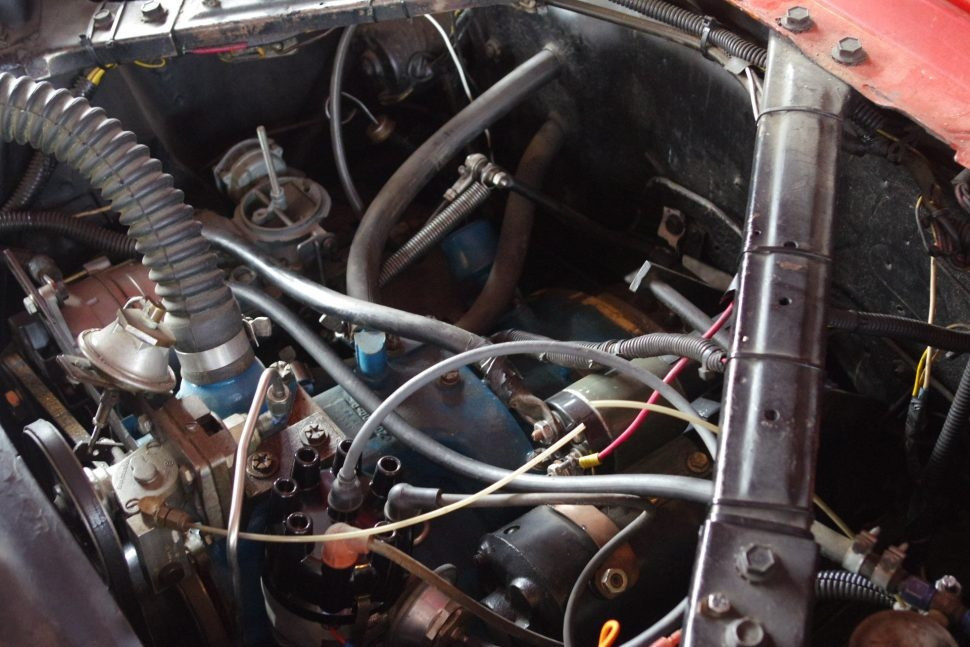

Notice the two spark plug wires on the 8-cyclinder distributor cap
Registration and title work as displayed at the National Auto & Truck Museum exhibit

